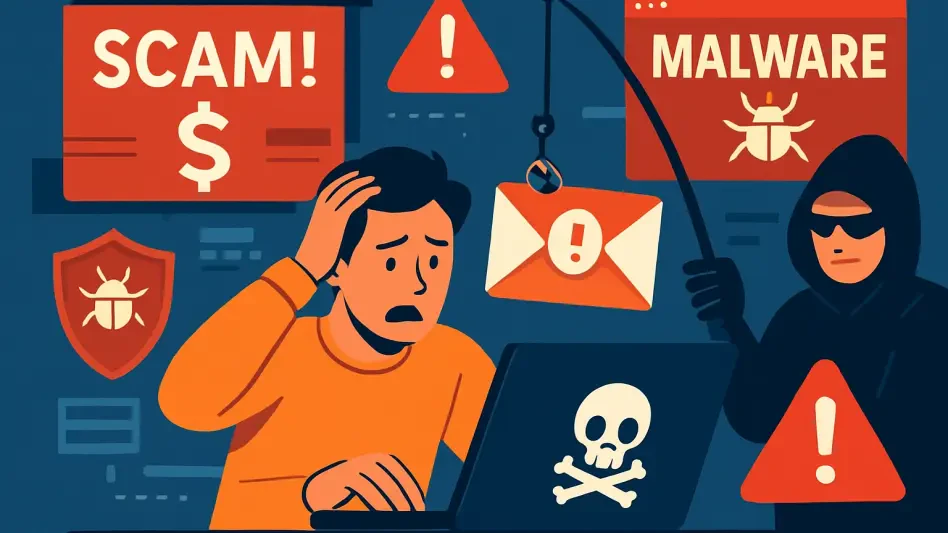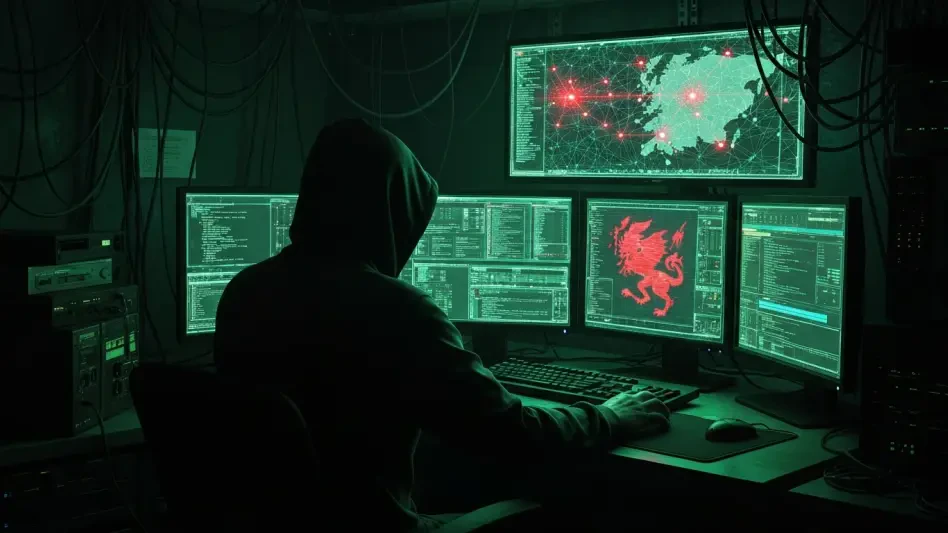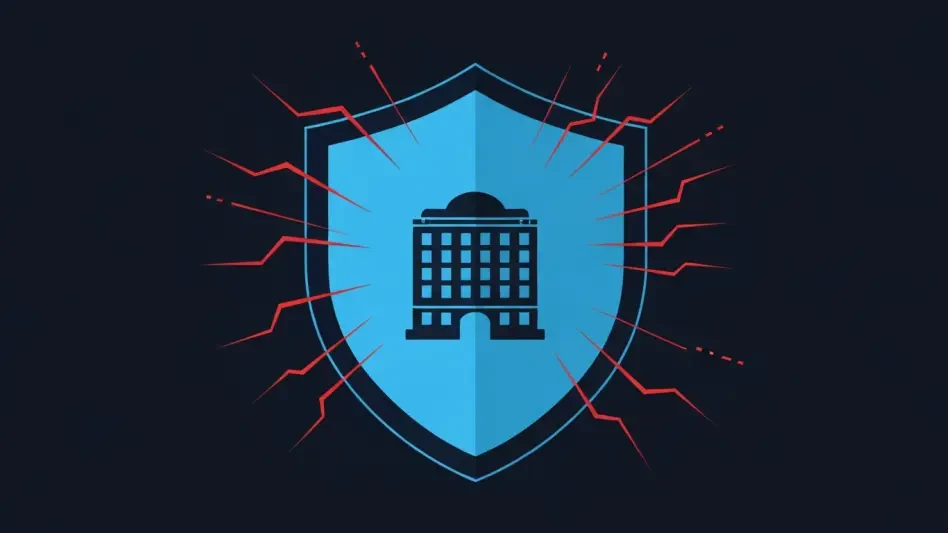Cybercriminals have found new and cunning ways to exploit unsuspecting German speakers through romance scams and adult-themed emails armed with malware. These malicious campaigns are carefully designed to bypass traditional defenses, targeting individuals who are drawn in by the allure of romantic interactions. Using sophisticated methods, hackers capitalize on human vulnerabilities, delivering malware that compromises security and privacy. This particular scheme utilizes Keitaro TDS, a legitimate traffic distribution system, to slyly redirect victims to harmful domains. Victims are lured not through the usual phishing tactics but through promises of explicit content, an unusual red flag in legitimate correspondence. These emails often originate from unidentified senders with questionable credibility, raising suspicion among discerning users.
Complex Attack Mechanisms
The attack involves intricate mechanisms that exploit technologies typically used for legitimate purposes. Two pivotal components within the email include an archived fake video preview image and an archive file linked to a substantial 300MB ISO download, primarily hosted on a Russian server targeting Germany. When mounted as a drive, this ISO file cunningly contains an executable disguised under the name “lovely_photos.exe” along with a text document. The password provided in the text file allows malicious files to be extracted into the user’s system unknowingly. The files encompass explicit material and a malicious batch script that creates an AutoIt interpreter. AutoIt, despite being a legitimate scripting language, is weaponized to circumvent antivirus systems and precipitate an attack with delayed execution.
Once triggered, the AutoIt script establishes system persistence by creating a scheduled task dubbed DragonMapper, ensuring the malware runs every time the user logs in. This sophisticated campaign signifies meticulous planning and execution typically unseen in broad cyberattacks. By emphasizing precision in victim selection, attackers boost their success rates compared to indiscriminate attempts. Researchers have identified this campaign as a grim reminder of threat actors’ relentless adaptability and how they exploit user behavior and regional nuances to perfect their strategies. This sophisticated assault unveils the potential of legitimate tools being repurposed by malicious entities to perform destructive activities.
Implications and Prevention
The findings shared by digital security experts Bryan Campbell and Brian Baskin suggest a worrying trend in how cybercriminals design expertly crafted campaigns. By targeting specific geographic regions like Germany and leveraging language barriers, these attacks evade broader detection efforts. Such campaigns demonstrate the proficiency modern hackers exhibit in customizing their malicious endeavors to achieve maximal impact. This instance serves as a cautionary example of the evolving sophistication in cyberthreats. The exploitation of trusted tools and the psychological manipulation involved in convincing victims to unwittingly participate in the attack highlight the dire necessity for heightened awareness and better security education among users.
To avert falling prey to similar scams, users must remain wary of unsolicited emails—especially those promising alluring content or unknown attachments. Adopting a skeptical stance towards unusually large email attachments and ensuring their software is up-to-date are essential frontline defenses. As cybercriminals continue to innovate, the cybersecurity landscape must evolve, emphasizing the importance of regulatory measures, technological advancements, and user awareness initiatives. Only by combining these efforts can we hope to stay ahead of those who seek to exploit human weaknesses in the digital realm.
The Path Forward in Cybersecurity
The attack cleverly exploits typically legitimate technologies. It revolves around an archived fake video image and a 300MB ISO file hosted on a Russian server, primarily targeting Germany. When the ISO is mounted, it deceptively contains an executable named “lovely_photos.exe” and a text file. The text provides a password to extract malicious files onto the unsuspecting user’s system. These files include illicit material and a malicious batch script, which sets up an AutoIt interpreter. Although AutoIt is a legitimate scripting language, it is misused here to bypass antivirus programs, initiating a delayed attack.
Upon activation, the AutoIt script ensures persistence by creating a scheduled task named DragonMapper, making the malware launch at every login. This attack highlights a high level of planning and focus uncommon in general cyber threats, prioritizing precision in targeting to enhance success over broad-spectrum attacks. This campaign serves as a stern reminder of cybercriminals’ relentless adaptability. It shows how legitimate tools can be twisted for harmful purposes, emphasizing the constant evolution of threat strategies.








